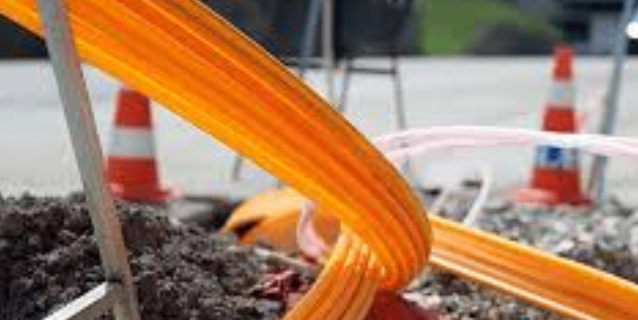Oufu Optical Fiber Cable Co.,Ltd
Address: Shenyang, Liaoning, China
Contact person: Manager Zhang
Phone: 400-964-1314
Mobile phone: +86 13904053308
【whatsapp && wechat】
2024-11-12 1286

Before you start digging, there are several factors you need to take into account to determine the appropriate burial depth for your fiber optic cable:
Soil Type and Conditions: The type of soil (e.g., clay, sand, rocky) and its moisture content can affect the installation process and the long-term stability of the cable.
Climate and Weather: Extreme weather conditions, such as flooding, frost heave, and temperature fluctuations, can impact the cable's performance and lifespan.
Traffic and Utility Lines: The presence of underground utilities, such as water and gas lines, as well as surface traffic, can influence the burial depth to avoid damage and ensure safety.
Local Regulations and Codes: Compliance with local building codes and regulations is essential to avoid legal issues and ensure the safety of the installation.
The recommended burial depth for fiber optic cables can vary depending on the specific factors mentioned above. However, here are some general guidelines:www.adsscable.cn
Minimum Burial Depth: Typically, fiber optic cables should be buried at least 12 inches (30 cm) below the ground surface to protect them from surface activities and environmental factors.
In Heavy Traffic Areas: In areas with high traffic, such as roads and highways, the burial depth may need to be increased to 24 inches (60 cm) or more to prevent damage from vehicles and heavy equipment.
Near Utilities: When installing fiber optic cables near underground utilities, additional depth may be required to maintain a safe distance and avoid interference.
In Arid Climates: In dry, arid climates, a deeper burial depth can help protect the cable from temperature extremes and wind erosion.
In Wet Climates: In wet, flood-prone areas, a shallower burial depth may be necessary to avoid water damage, but the cable should still be protected with conduit or other waterproofing measures.
To ensure a successful fiber optic cable installation, follow these tips:
Conduct a Site Survey: Before installation, conduct a thorough site survey to identify potential obstacles and underground utilities.
Use Conduit: Installing fiber optic cables within conduit can provide additional protection and make future repairs or upgrades easier.
Mark the Cable Path: Clearly mark the cable path to avoid damaging the cable during construction or landscaping activities.
Comply with Regulations: Ensure that your installation complies with all local, state, and federal regulations and codes.www.adsscable.cn
Use Proper Tools and Techniques: Use the right tools and techniques for digging and installing the cable to minimize damage and ensure a secure installation.
Test the Cable: After installation, perform a thorough test of the fiber optic cable to ensure that it is functioning correctly and meeting performance standards.
Determining how deep to bury fiber optic cable is a critical decision that requires careful consideration of multiple factors. By following the guidelines and tips provided in this guide, you can ensure a successful installation that will provide reliable, high-speed connectivity for years to come. Remember, the key to a successful fiber optic cable installation is careful planning, proper tools and techniques, and compliance with all relevant regulations and standards.